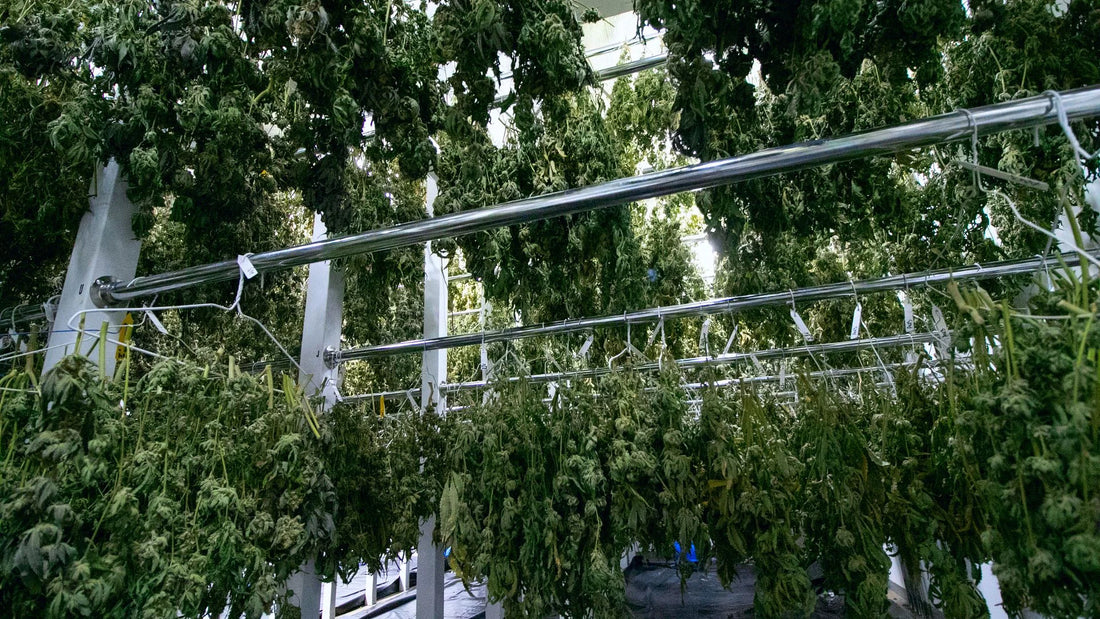
How To Dry Buds Safely For Optimal Terpene Preservation
Share
When preserving the terpene profiles of your cannabis plants post-harvest, the drying process plays a crucial role. Whether you're a seasoned organic gardener or just starting in the world of cultivation, understanding how to set up an efficient drying space is essential. In this article, we'll explore different drying locations, the significance of temperature control, the role of humidity, and how to ensure the perfect drying environment.
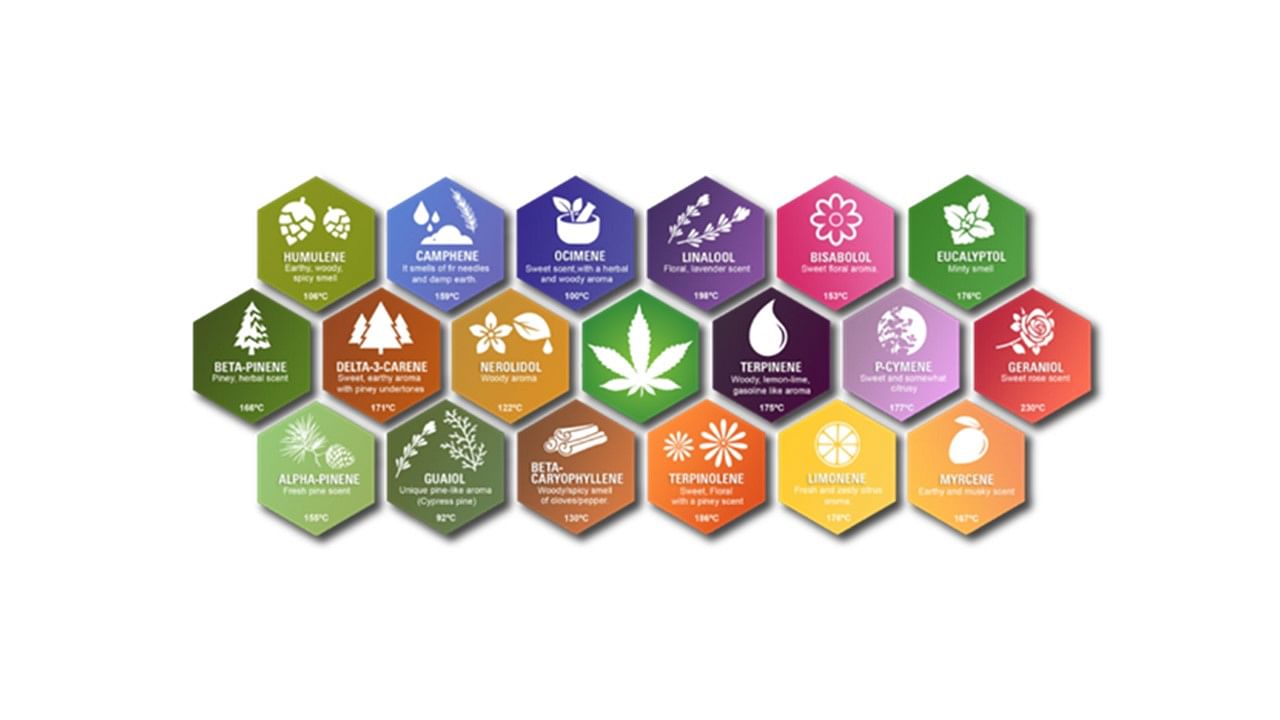
Choosing The Right Drying Location
The first decision you need to make is where to dry your cannabis. Depending on your setup and available space, you can choose from various locations, including the grow room, a grow tent, a closet, a guest bedroom, a tuff shed, or even a shipping container. Each has its advantages, but the key is to create a controlled environment regardless of your choice.
If you are drying in your grow room, you can attach a metal wire that can be cut to specifications from your local hardware store with J hooks or eye hooks. Just make sure you attach it to the wooden studs to support the weight of your harvest. You can leave this wire hanging throughout the grow and attach additional Kola supports like these yo-yos.
When drying in your tent, you can hang directly from the metal cross beams with a prefabricated drying rack, or if you prefer using hangers to dry on, you can use an attachment like those from Gorilla Grow Tent. Hanging your harvest does not squish the wet buds like laying them on a rack does. Drying on hangers is an excellent method when growing smaller quantities of cannabis (20 lbs. or less). The best hangers I have found for this are open-ended metal plant hangers so that you can easily remove the dried flower when storing it. These hangers can be dried on a rolling rack anywhere you have enough space, think closet, guest bedroom, or shed.
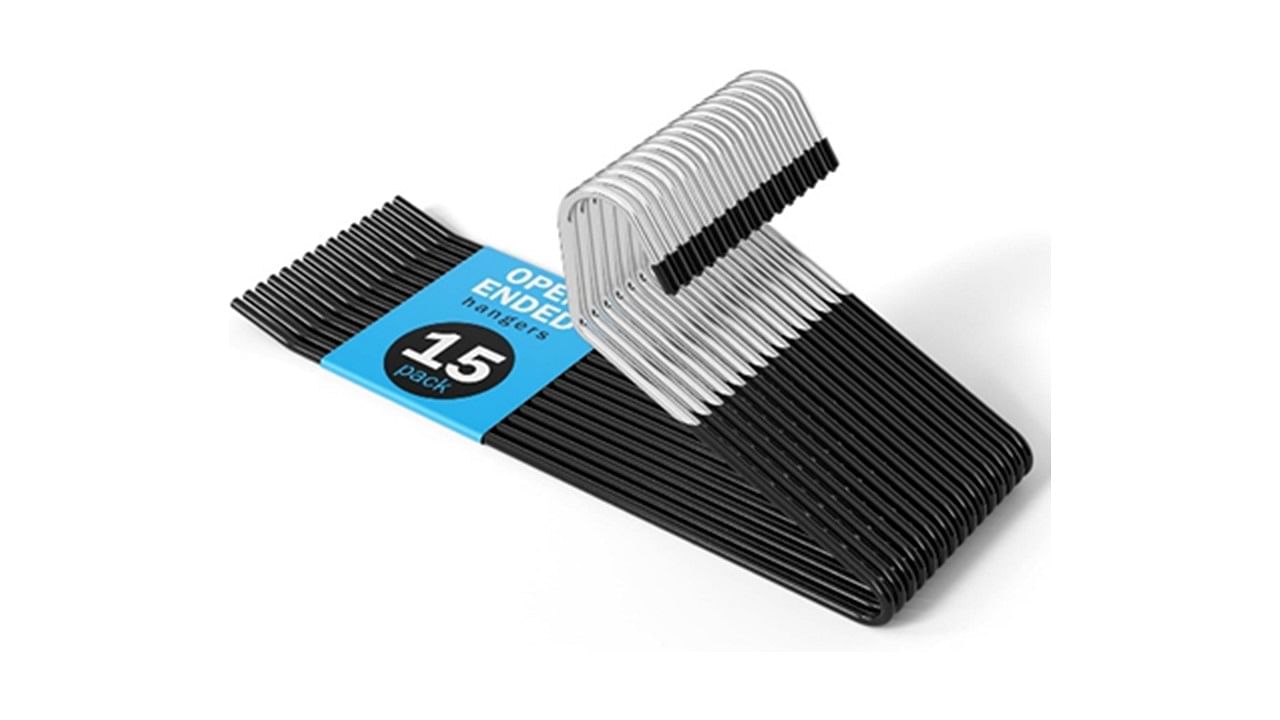
If you are growing large quantities of flowers over 20 lbs. to 100 lbs., an insulated tuff shed equipped with a portable AC and dehumidifier can hold an ideal environment even when temperatures are over 100 degrees outside. You can insulate any building with insulation panels from your local hardware store. The same can be done with a shipping container when processing hundreds of lbs.
When drying large quantities of flowers, it is easier to hang plastic trellising from the ceiling. This can be achieved by attaching the trellising to a piece of 1" PVC and then drilling directly into the ceiling. The small branches can be hung directly to the trellising. Many people hang their entire plant upside down, but I find this to be inefficient in the use of space and uneven drying due to moisture moving through the stems and branches.
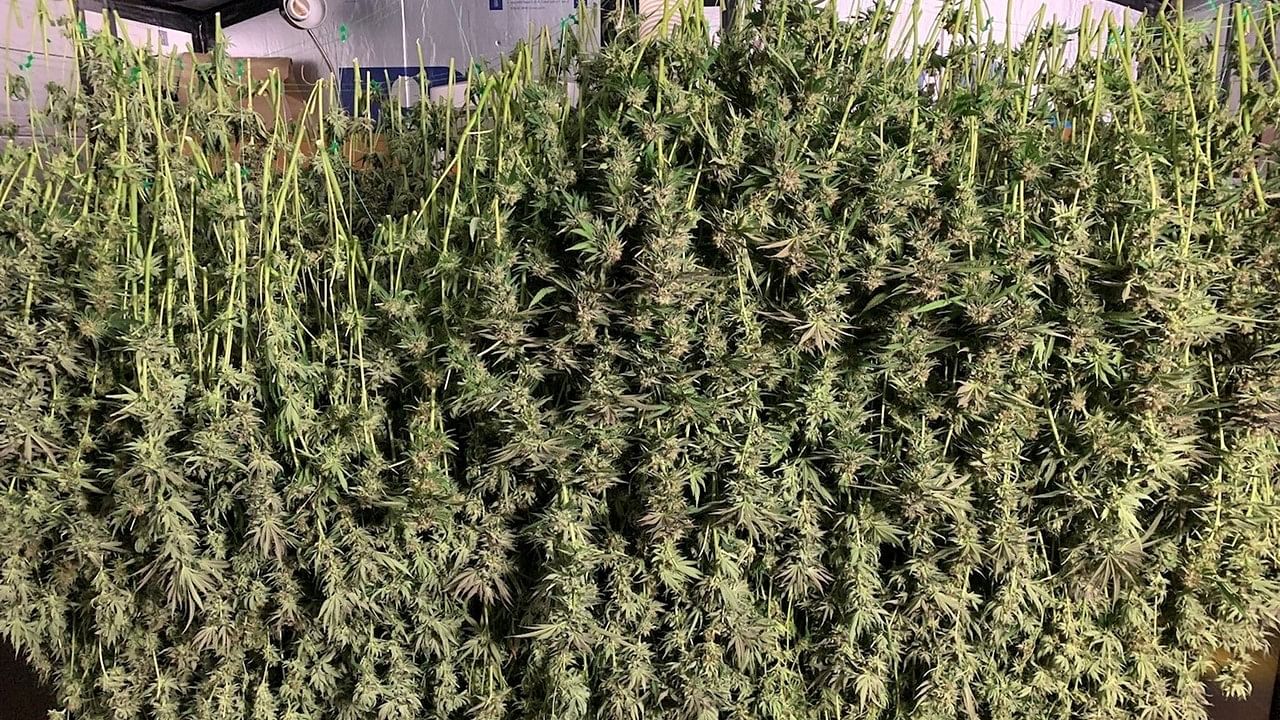
You want to make sure it is dark and cool wherever you choose. Controlling your temperature is one of the most important aspects of preserving the more volatile terpenes. Some terpenes are known to volatilize at temperatures above 70 degrees Fahrenheit (20 degrees Celsius). You can preserve most of the terpenes by maintaining a consistent and cool drying environment.
Temperature Control
Terpenes, the aromatic compounds responsible for the unique flavours and scents of cannabis, provide medicinal benefits such as anti-inflammatory, antioxidant, anticancer, and neuroprotective. They are found in greater concentrations in plants grown outdoors versus indoors. Some are more delicate and can be affected by temperature. The more delicate ones start to volatilize at temperatures above 69°F (20°C). It's crucial to maintain a temperature below this threshold to preserve these sensitive terpenes. An air conditioning system can be a game-changer for those who live in warmer climates or are drying during the summer. It ensures a consistent, cool environment where terpenes are less likely to degrade.
Humidity Management
Humidity is another critical factor in the drying process. Controlling humidity ensures that your cannabis dries evenly and prevents mold growth. The Govee hygrometer is a handy tool to monitor your drying space's temperature and humidity levels. During the drying process, you want to reduce humidity gradually. Since plants are primarily composed of water, you'll aim to reach a moisture content of around 12-14%. Listen for an audible snap in the thickest stem or branch or use a wood moisture meter to determine this.
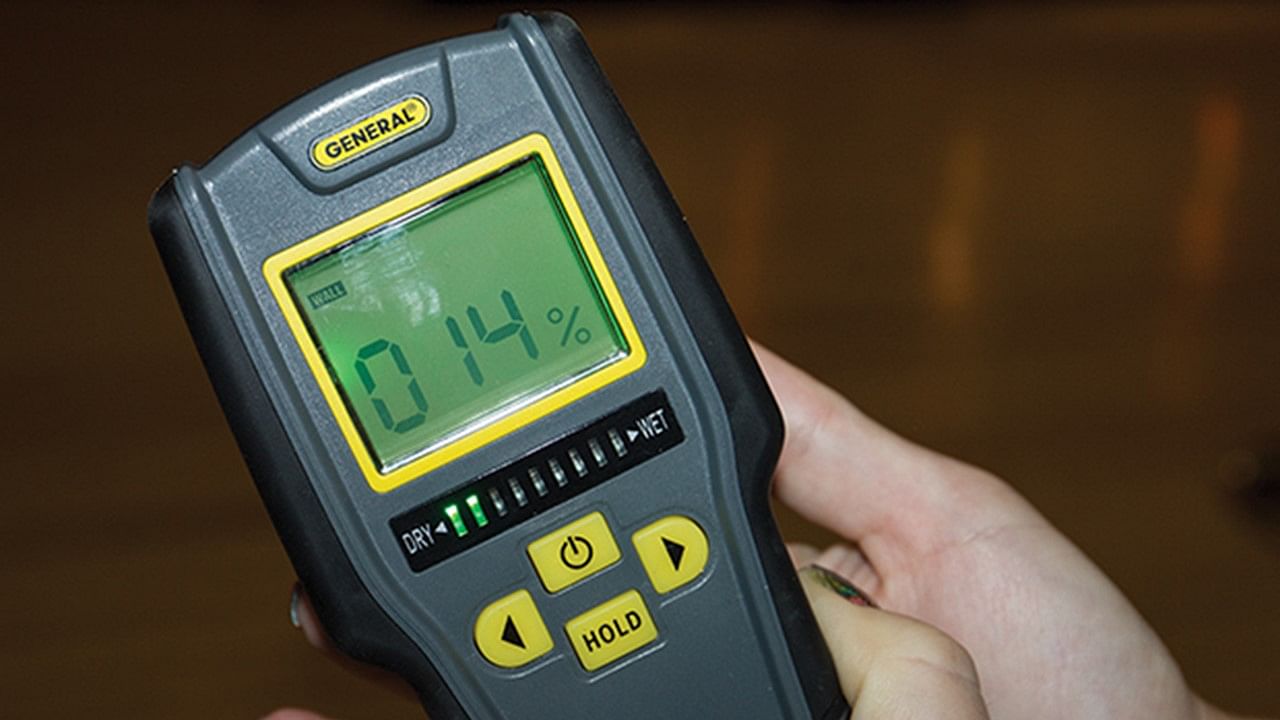
Start by setting your dehumidifier to around 60% relative humidity (RH). Depending on the quantity of cannabis you're drying and the initial moisture content, you may need to use more than one dehumidifier. The key is to find the right balance for your specific drying conditions.
Remember to check your dehumidifiers regularly throughout the drying process and empty those buckets to ensure they keep working properly. Depending on the relative humidity of your location, you will need to adjust your machine accordingly. For the first few days, your RH should be between 60%-50%. By the end of the first week, you should be between 45-50%. The drying process should take 7-10 days at a cool temperature. There are situations when this is not the ideal drying environment, and that is when botrytis is involved.
Drying Cannabis Safely In The Presence Of Botrytis
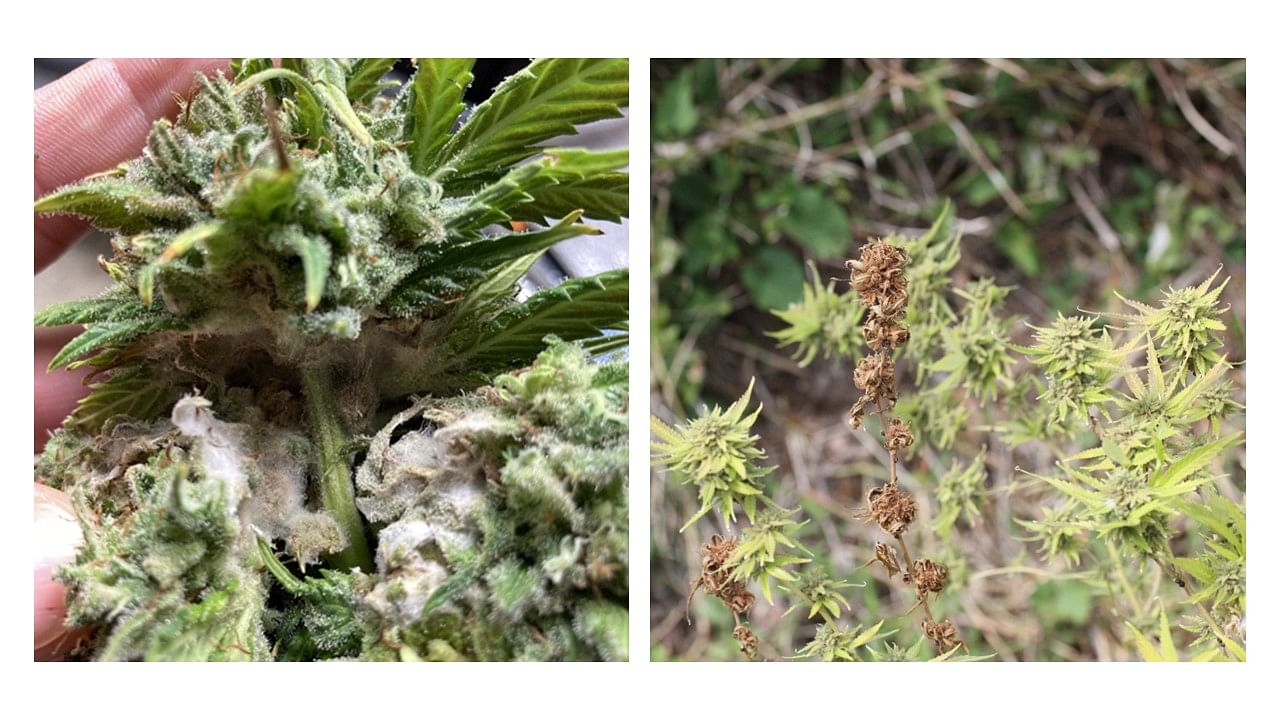
Drying cannabis when botrytis, commonly known as bud rot, involves extra caution and a meticulous approach. Botrytis is a fungal infection that can spread rapidly in the right conditions, making it a significant concern for growers. Bud rot can become a problem when humidity is too high, and there is not enough airflow. This fungal pathogen can spread spores through water and air and enjoy cool temperatures below 80F. You can avoid this pathogen by maintaining a relative humidity of 50% or lower in your grow space, ensuring proper airflow through oscillating and exhaust fans, as well as proper canopy management through pruning. You can further prevent this fungal pathogen by spraying Trichoderma and bacillus bacteria that outcompetes botrytis.
You can recognize this fungal pathogen by its grey, fuzzy mold that can be found within dense nugs. Maintaining a controlled environment is essential to combat it during the drying process. When botrytis is a concern, ideal conditions for drying involve higher temperatures and lower humidity levels than standard drying methods. Keeping the drying space at temperatures above 80°F (27°C) can help inhibit the growth of the fungus.
Keeping humidity levels below 40% is crucial to prevent further fungal development. When you identify any signs of bud rot, it's essential to act promptly. Cut out any infected portions of the buds, ensuring you remove them at least two inches above and below the infection site. This practice helps to eliminate the source of the fungus and ensures that only healthy plant material is dried, reducing the risk of spreading the botrytis spores during the drying process. If you missed any botrytis when harvesting, you would want to keep an eye out for any mold when further processing.
Every grower has encountered mold issues at some point in their career. The important thing is to learn from the experience and pivot your practices. If you have to flash dry due to mold, you may lose some terpenes, but you can lock in the ones you have during the curing process.
Curing Cannabis
Curing occurs after you have dried your cannabis and takes at least two weeks. Depending on your specific situation, you can cure buds on the stems or off. If you have the storage space to keep them on the stem, this is ideal as the stem modulates moisture level and protects the trichomes.
Ideally, you will cure your branches in large containers like the totes pictured below. You may also cure them in paper bags like those you get from the grocery store.
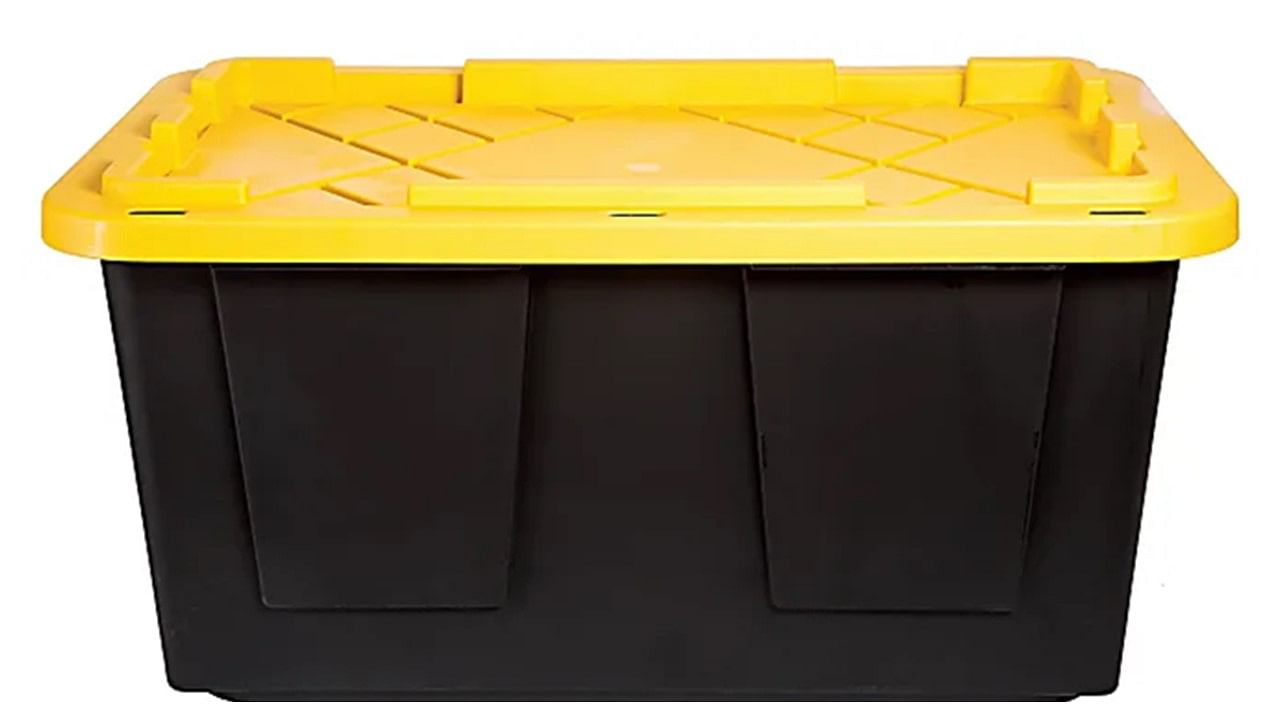
The key to curing is maintaining the correct humidity in your space. If you are curing in a plastic container, you will want to "burp" the container at least once or twice a day, depending on the moisture of your cannabis.
Your flowers should achieve a 12% moisture level when the curing process is completed, but it is normal for them to fluctuate above that number. You will want to keep the room at about 50%.
RH with the help of a dehumidifier or humidifier, depending on the environment you live in. If you live in the desert, you will use a humidifier, and if you live in a humid region, you will need a dehumidifier.
If you do not have a humidifier and your cannabis has gotten too dry, you can place a wet paper towel in the container or even store your containers in a clean bathroom where you turn the shower on occasionally to raise the RH.
Depending on your specific needs, the curing process can occur before, during, or after trimming. After properly curing your cannabis, you can enjoy those terpenes long-term. Once this is done, the process has been completed. You will want to store it in an airtight container for long-term storage. Large mason jars work great and can maintain cannabis potency and terpenes for over a year.
Conclusion
Preserving the terpene profiles of your cannabis ensures a more flavorful and aromatic experience and maximizes its medicinal potential. By selecting the right drying location, controlling temperature, and managing humidity effectively throughout the curing process, you can master the art of terpene preservation. Whether you're an experienced organic gardening educator or just getting started, these principles will help you produce high-quality, terpene-rich cannabis with every harvest.
This article was taken from the Harvesting, Drying, Curing, and Storage Class.

